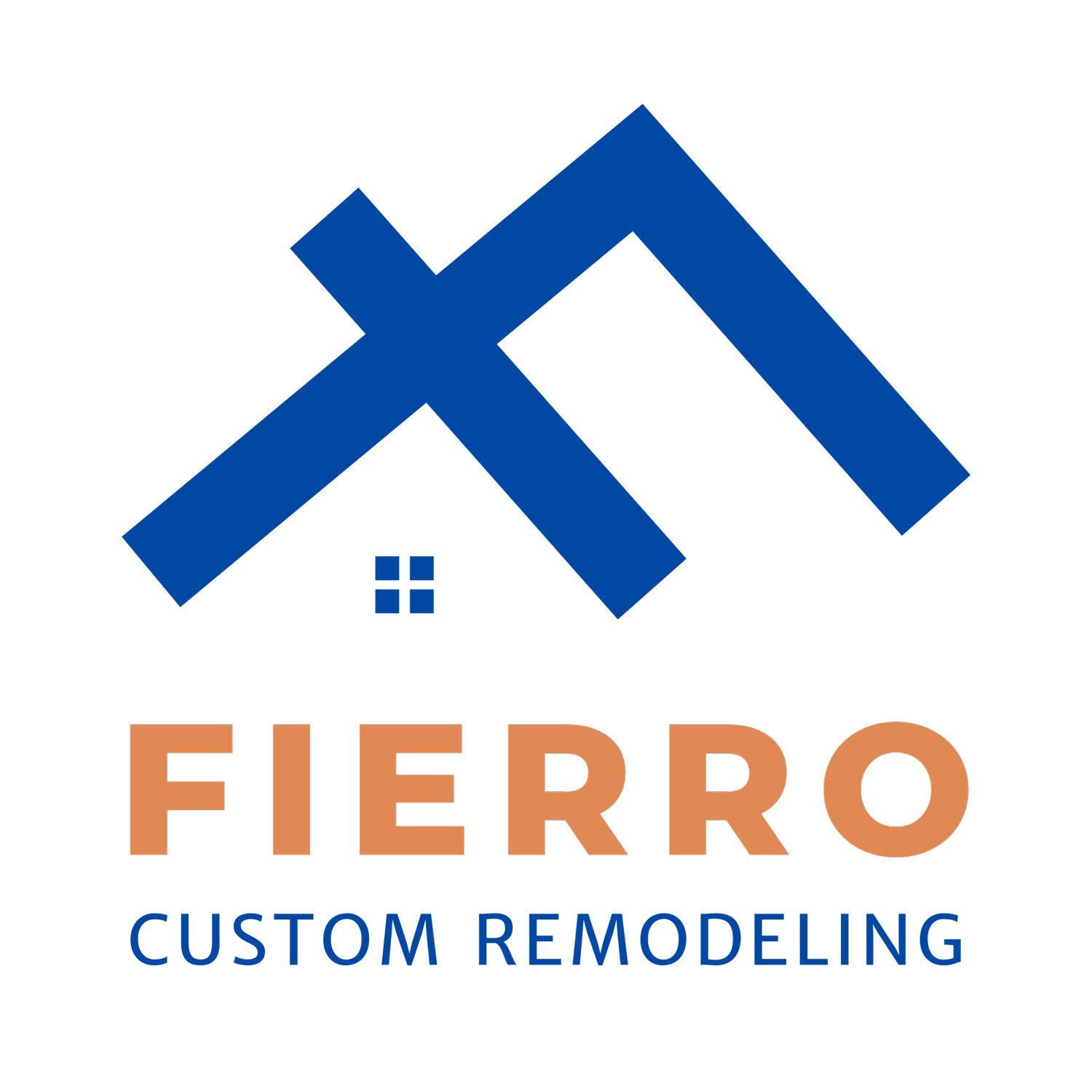Mold Prevention and Mycotoxin Removal Tips Every Homeowner Should Know
Mold is more than just an unsightly nuisance; it can compromise the structural integrity of your home and negatively impact your health. Of particular concern are mycotoxins—toxic substances produced by certain molds. These harmful compounds can linger in your home and pose significant health risks, including respiratory issues, neurological problems, and weakened immune systems. While professional remediation is sometimes necessary, there are preventative measures homeowners can take to protect both their homes and their health. This guide also provides valuable resources for mold and mycotoxin testing and cleanup products.
Why Mold and Mycotoxin Prevention Matters
Mold thrives in moist, warm environments, making your home an ideal breeding ground if the conditions are right. Left unchecked, mold and the mycotoxins it produces can cause:
Structural damage to walls, ceilings, and floors.
Health issues such as allergies, respiratory problems, neurological symptoms, and immune suppression.
Persistent indoor air quality issues that affect overall well-being.
Taking proactive steps to prevent mold and address mycotoxin contamination not only protects your home but also ensures a healthier living environment for your family.
Spotting Mold and Mycotoxin Exposure Early
The first step to preventing mold and mitigating mycotoxin exposure is learning to identify the presence of mold. Early detection can save you time and money.
Common Signs of Mold
Discoloration: Look for black, green, or white patches on walls, ceilings, or floors.
Musty Odors: A persistent, earthy smell is often a giveaway.
Health Symptoms: Chronic fatigue, brain fog, unexplained allergies, or respiratory problems may indicate mold or mycotoxin exposure.
Dampness: Spots that feel damp or wet to the touch are prime areas for mold growth.
Where to Look for Mold
Bathrooms: Around tubs, showers, and under sinks.
Kitchens: Behind refrigerators and under dishwashers.
Basements: Walls, corners, and near sump pumps.
HVAC Systems: Inside ducts and around vents.
DIY Mold and Mycotoxin Prevention Tips
Let’s dive into actionable ways to prevent mold and mycotoxins in your home.
1. Improve Ventilation
Poor ventilation traps moisture, creating ideal conditions for mold. Here’s how to maintain proper airflow:
Use an Air Purifier: Utilize an air purifier with a UltraHEPA filter such as an AirDoctor to remove mold spores and improve indoor air quality.
Use Exhaust Fans: Install fans in bathrooms, kitchens, and laundry rooms, and run them during and after activities that produce moisture.
Open Windows: Regularly open windows and get fresh air in the house.
Move Furniture: Keep furniture at least a few inches away from walls to improve airflow.
2. Control Humidity Levels
Mold thrives in humidity levels above 40%. Keeping your home’s humidity in check is essential.
Invest in a Hygrometer: Use this device to monitor indoor humidity.
Use Dehumidifiers: Run a dehumidifier in damp areas like basements or bathrooms, particularly in humid months.
Dry Wet Areas Promptly: Wipe down countertops, shower walls, and other surfaces after use.
3. Fix Water Leaks Immediately
Even small leaks can lead to significant mold growth if ignored. Regularly inspect your home for potential problem areas:
Plumbing: Check under sinks, around toilets, and behind washing machines.
Roof: Inspect for missing shingles, damaged flashing, or clogged gutters.
Basement and Foundation: Look for cracks or poor drainage that could let water in.
If you find a leak, address it immediately by repairing the source and thoroughly drying the area.
4. Use Mold and Mycotoxin-Specific Products
To combat mold and mycotoxins effectively, use products specifically designed for this purpose:
Benefect Decon 30: A botanical disinfectant that cleans and disinfects moldy surfaces without harsh chemicals.
Biocide Labs Mold Bomb Fogger: A quick and easy solution for addressing mold in hard-to-reach areas. (https://biocidelabs.com/)
CitriSafe Solutions: Offers products specifically for mycotoxin removal.
Superstratum Mold Barrier: Creates a long-lasting protective layer to prevent future mold growth. (https://superstratum.co/)
Microbalance EC3 Mold Solution Spray: Neutralizes mold spores and mycotoxins in the air and on surfaces. (https://microbalancehealthproducts.com/)
5. Regular Cleaning and Maintenance
Routine cleaning and maintenance go a long way in preventing mold and reducing mycotoxins. Focus on these key areas:
Gutters: Clean out debris regularly to prevent water from pooling around your home’s foundation.
HVAC Systems: Change filters and have ducts cleaned to ensure proper air circulation and reduce airborne spores.
Bathrooms: Scrub grout lines, replace moldy shower curtains, and clean drains.
Testing for Mold and Mycotoxins
Testing is an essential step to understanding the scope of mold and mycotoxin contamination in your home and your health.
Home Testing Resources
Mold Test Kits: Affordable DIY kits from companies like Biocide Labs allow you to identify mold species present in your home.
Air Quality Monitors: Devices like those from Microbalance Health Products can help detect airborne mold and mycotoxins.
Professional Assessments: For more extensive testing, hire certified professionals to evaluate your home.
Health Testing Resources
Urine Mycotoxin Tests: Labs such as RealTime Labs or Great Plains Laboratory offer tests to detect mycotoxin exposure in the body.
Environmental Doctors: Specialists in mold and mycotoxin-related illnesses can provide tailored treatment plans.
Long-Term Mold and Mycotoxin Prevention Tips
To keep mold and mycotoxins at bay in the long run, consider these additional measures:
Improve Drainage: Ensure water flows away from your home’s foundation by grading the soil and extending downspouts.
Insulate Pipes: Prevent condensation by insulating pipes in humid areas.
Monitor Indoor Plants: Overwatering houseplants can lead to mold in the soil. Use pots with proper drainage.
Seasonal Inspections: Check your home for leaks, cracks, and damp spots at least twice a year.
Conclusion
Preventing mold and addressing mycotoxin contamination in your home doesn’t have to be overwhelming. By improving ventilation, controlling humidity, addressing leaks, using specialized products, and conducting regular testing, you can create a healthier, mold-free environment. If you’re undertaking larger projects like a bathroom renovation or basement finishing, incorporating mold prevention and mycotoxin mitigation into the design is key.

